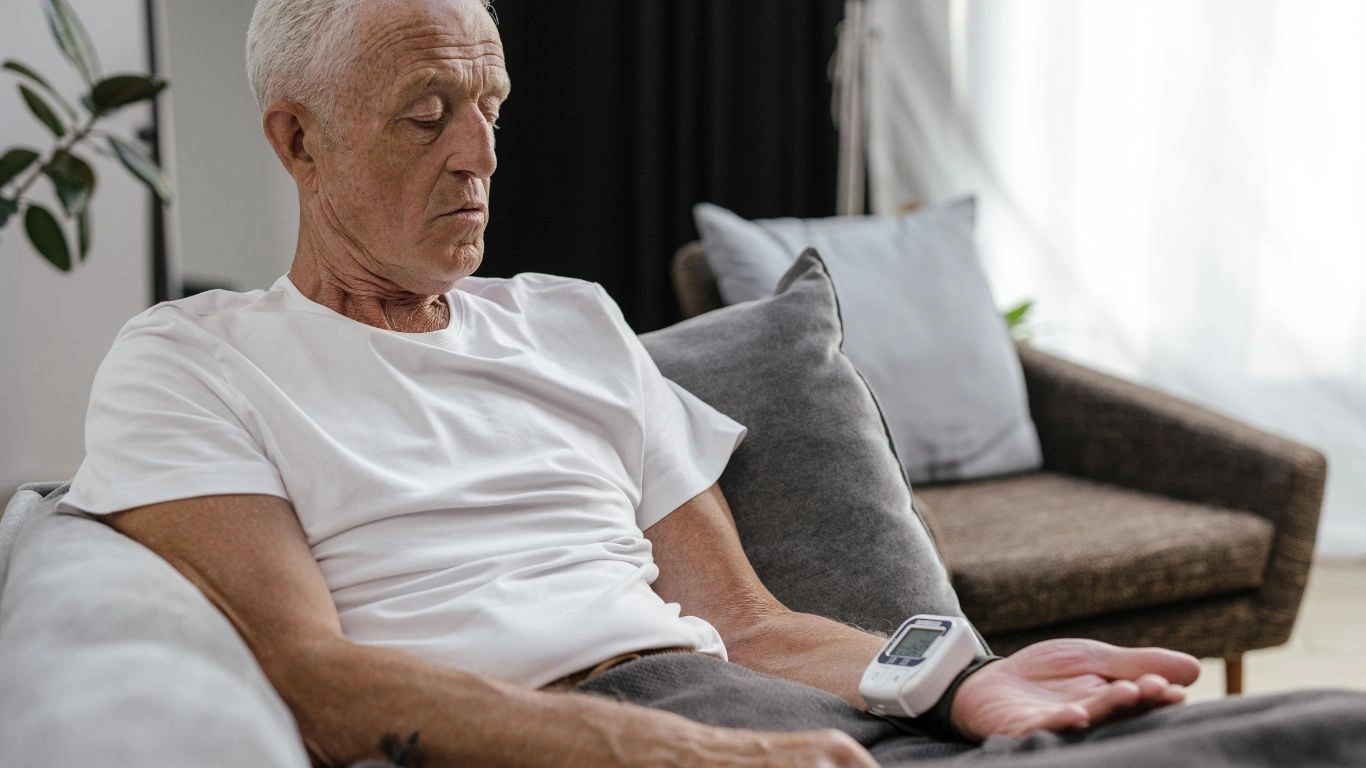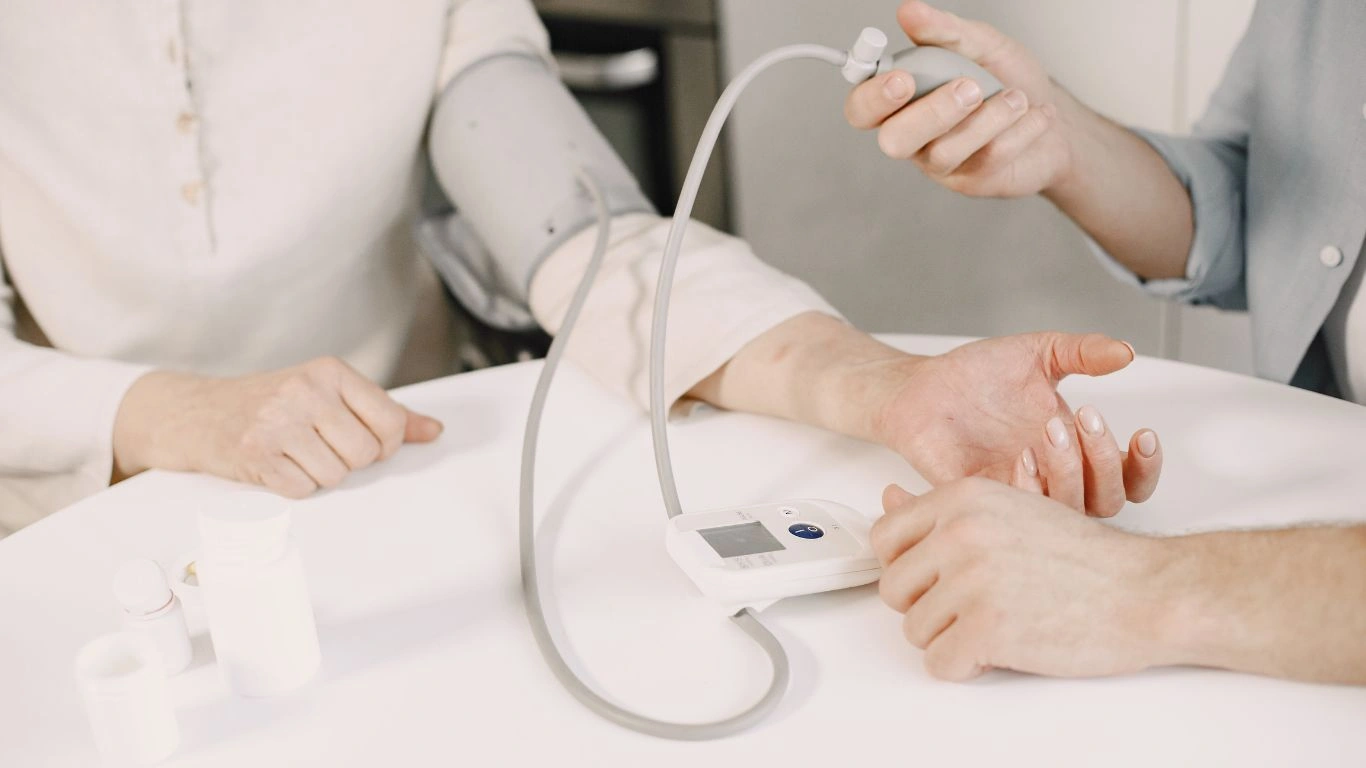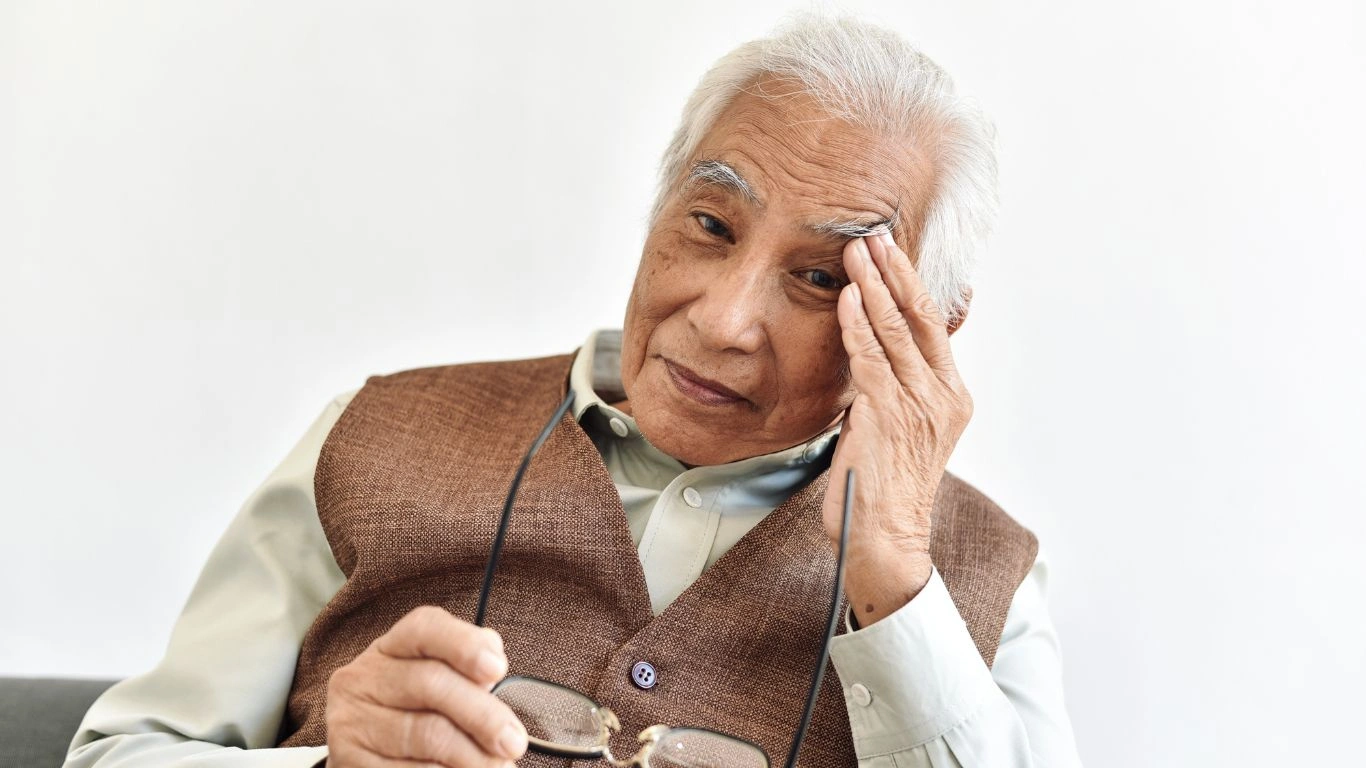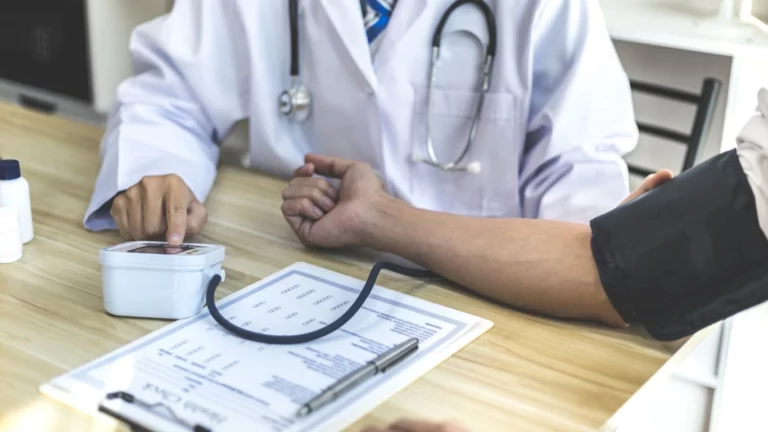Best Morning Habits for Controlling Blood Pressure: Start Your Day Right for a Healthier Heart
If you’re like most people, you probably don’t give much thought to your morning routine beyond getting out of bed, grabbing a cup of coffee, and rushing off to work or school. But here’s the thing – the “Best morning habits for controlling blood pressure” could be a game-changer for your heart health. Believe me, as someone who’s been working in the hypertension field for years, I’ve seen firsthand how small adjustments to your morning habits can help keep your blood pressure in check.
These simple changes don’t require a lot of effort, and they could seriously make a huge difference in how you feel throughout the day. In this post, I’m going to share with you the best morning habits that can help manage high blood pressure. These aren’t complicated, and they don’t require drastic lifestyle changes. They’re easy enough to slip into your daily routine – and I’ll give you examples from my own life and the success stories I’ve seen in my patients.

Why Your Morning Routine Impacts Blood Pressure
Before we dive into the habits, let’s talk a little bit about why the morning is so important. The moment you wake up, your body is transitioning from rest to activity, and that’s when your blood pressure naturally rises. This increase in blood pressure is perfectly normal, but if your blood pressure is already high, this morning spike can sometimes be a concern. That’s why starting your morning the right way can set a positive tone for the rest of your day, especially when it comes to managing your blood pressure. You don’t have to become an early riser or transform into a fitness guru overnight. Small changes can have a big impact – you’ll see how!
1. Hydrate Like You Mean It: Drink Water First Thing
One of the easiest morning habits that can help lower your blood pressure is drinking water as soon as you wake up. Think about it: after hours of sleep, your body is naturally dehydrated. You’ve probably heard me say this a hundred times, but water is truly the unsung hero of blood pressure management. When you’re dehydrated, your blood can become thicker, and this places additional stress on your heart. Rehydrating first thing in the morning helps your body perform better and keeps your blood pressure at more optimal levels.
How it helped me: I’ve noticed that if I don’t drink water as soon as I wake up, I feel sluggish and more stressed. My blood pressure is always a bit higher, too. As soon as I make water a priority, I start feeling more energetic, and my body feels more “awake.”
Pro tip: Keep a glass of water on your bedside table. If it’s there, you’re more likely to remember to drink it. Start with one glass, and if you can, go for two!
2. Take a Few Minutes for Deep Breathing or Meditation
You’ve heard it before, but here it is again: stress can really take a toll on your blood pressure. Your body produces a hormone called cortisol when you’re stressed, and high cortisol levels over time can lead to elevated blood pressure. Starting your day with a few minutes of deep breathing or meditation can help keep those stress levels under control.
Why it works: Deep breathing helps activate the parasympathetic nervous system, which is responsible for calming your body down. The more you practice, the better you get at switching off that fight-or-flight mode. If you’re someone who feels tense just thinking about morning traffic or your to-do list, meditation or breathing exercises will literally help you chill out. I started practicing deep breathing after my doctor suggested it. Honestly, at first, I was skeptical – but after just a few days, I could tell that my stress levels were lower. That’s when I started recommending it to my patients, and they had the same results. Many people tell me they feel more at ease throughout the day after using meditation or deep breathing, even for just 5 minutes.
How to start: Find a quiet spot, sit comfortably, and close your eyes. Breathe in for 4 seconds, hold for 4, and exhale slowly for 4 seconds. Repeat this for 5 minutes. Trust me, you’ll feel the difference.

3. Get Moving: Light Stretching or Yoga
Let’s be real – some mornings, I can barely get out of bed. But even just a little movement can help kickstart your heart and get your blood circulating better. Stretching and gentle movements in the morning are an awesome way to help lower your blood pressure. And don’t worry, I’m not talking about hitting the gym first thing. Just some simple stretches, yoga, or even a light walk can make a huge difference.
How it works: Physical activity helps improve circulation, strengthens the heart, and boosts overall cardiovascular health. Plus, when you move, your body releases endorphins – those “feel-good” hormones that help reduce stress. A few years ago, I worked with a patient named Tom who was struggling to control his blood pressure. He felt stiff and sluggish in the mornings, so I recommended starting with a 5-minute stretching routine before breakfast. Within a couple of weeks, his blood pressure dropped, and he felt more flexible and energized.
How to get started: I always suggest starting small. If you’re not used to exercising, just get up and stretch for 5-10 minutes. Try this: Stand up, reach for the ceiling, then bend down and touch your toes. Rotate your shoulders and neck. Feel free to add yoga poses like Child’s Pose or Cat-Cow. It’s that simple!

4. Eat a Healthy, Heart-Friendly Breakfast
We’ve all heard that breakfast is the most important meal of the day. When it comes to controlling blood pressure, this is absolutely true. The right foods can help your body maintain stable blood pressure levels throughout the day. Foods that are high in potassium, magnesium, and fiber can help balance out the effects of sodium in your body. Here are some options you might want to consider:
- Oatmeal: High in fiber and can help reduce cholesterol.
- Bananas: Packed with potassium, which helps balance out the sodium in your diet.
- Avocado: Full of heart-healthy fats.
- Whole grains: Quinoa, whole wheat, and brown rice are great choices.
For me, I love starting the day with a smoothie. I blend up some spinach, a banana, Greek yogurt, and a handful of berries. It’s quick, nutrient-packed, and gets my heart and blood pressure off to a good start.
What to avoid: Steer clear of sugary cereals, overly salty foods, and processed snacks for breakfast. These can cause a spike in your blood pressure.
5. Cut Down on Caffeine
I know, I know – morning coffee is a ritual for so many people, myself included. But here’s the deal: while a cup of coffee in the morning can give you that quick energy boost, too much caffeine can actually increase your blood pressure. If you already have high blood pressure, caffeine can cause a spike that might last for hours.
How it affects you: Caffeine stimulates the central nervous system and can cause your heart rate to increase temporarily. If you consume too much, this can lead to a rise in blood pressure.
Personal experience: I used to drink coffee every morning, but I noticed that my heart rate was a bit faster, and my blood pressure was higher than I liked. So, I switched to green tea – it still gives me a bit of energy but with less caffeine.
What to do instead: Try limiting your caffeine intake to one cup in the morning or switch to herbal teas like chamomile or peppermint.

Troubleshooting Common Issues
Even with these tips, some folks struggle to make these changes a habit. Here are a few common issues and how to work around them:
1. Struggling to Hydrate
If you’re not used to drinking water in the morning, start with just a few sips, then work your way up to a full glass. Keep a water bottle by your bed – it’ll remind you to hydrate.
2. Feeling Rushed
I get it – mornings can be chaotic. But even just 5 minutes of breathing or stretching can make a big difference. Set a timer to remind yourself, or simply build it into your routine so you don’t feel rushed.
3. Not Enjoying Healthy Breakfasts
Not everyone is into the “superfood” breakfasts. If smoothies or oatmeal aren’t your thing, try making scrambled eggs with spinach, or a whole-grain toast with avocado. You can also make overnight oats the night before to save time.
Key Takeaways / Summary
- Hydrate first thing: Drink water to help your heart and blood pressure function better.
- Stress less: Deep breathing or meditation can do wonders for lowering blood pressure.
- Move your body: Stretching or yoga in the morning helps get your blood flowing.
- Eat heart-healthy foods: Choose a breakfast full of potassium, magnesium, and fiber to support blood pressure.
- Limit caffeine: Too much caffeine can spike your blood pressure, so keep it moderate.
5 FAQs About Blood Pressure and Morning Habits
1. How long should I meditate to see an effect on my blood pressure?
Just 5-10 minutes of meditation or deep breathing in the morning can help reduce stress and lower your blood pressure.
2. Can I replace water with coffee in the morning?
Nope! Water is essential for hydration and heart health, while coffee can raise blood pressure if consumed in excess.
3. How often should I stretch in the morning?
Try stretching for at least 5 minutes each morning. It doesn’t have to be intense – just gentle, slow movements.
4. Does eating bananas really help control blood pressure?
Yes! Bananas are rich in potassium, which can help offset the negative effects of sodium on your blood pressure.
5. What if I don’t have time for all these habits?
Start small! Focus on just one habit at a time, like drinking water or doing a quick stretch. As it becomes part of your routine, you can add more.
Appendix
References:
- American Heart Association: www.heart.org
- Mayo Clinic: www.mayoclinic.org
- National Institutes of Health: www.nih.gov
Disclaimer:
This article is for informational purposes only and should not replace professional medical advice. Always consult your doctor before making significant changes to your health routine.
Call to Action:
If you’re looking to learn more about managing high blood pressure, feel free to reach out! I’d love to help guide you in making positive changes for your health.

Dr. Gwenna Aazee is a board-certified Internal Medicine Physician with a special focus on hypertension management, chronic disease prevention, and patient education. With years of experience in both clinical practice and medical writing, she’s passionate about turning evidence-based medicine into accessible, actionable advice. Through her work at Healthusias.com, Dr. Aazee empowers readers to take charge of their health with confidence and clarity. Off the clock, she enjoys deep dives into nutrition research, long walks with her rescue pup, and simplifying medical jargon one article at a time.






